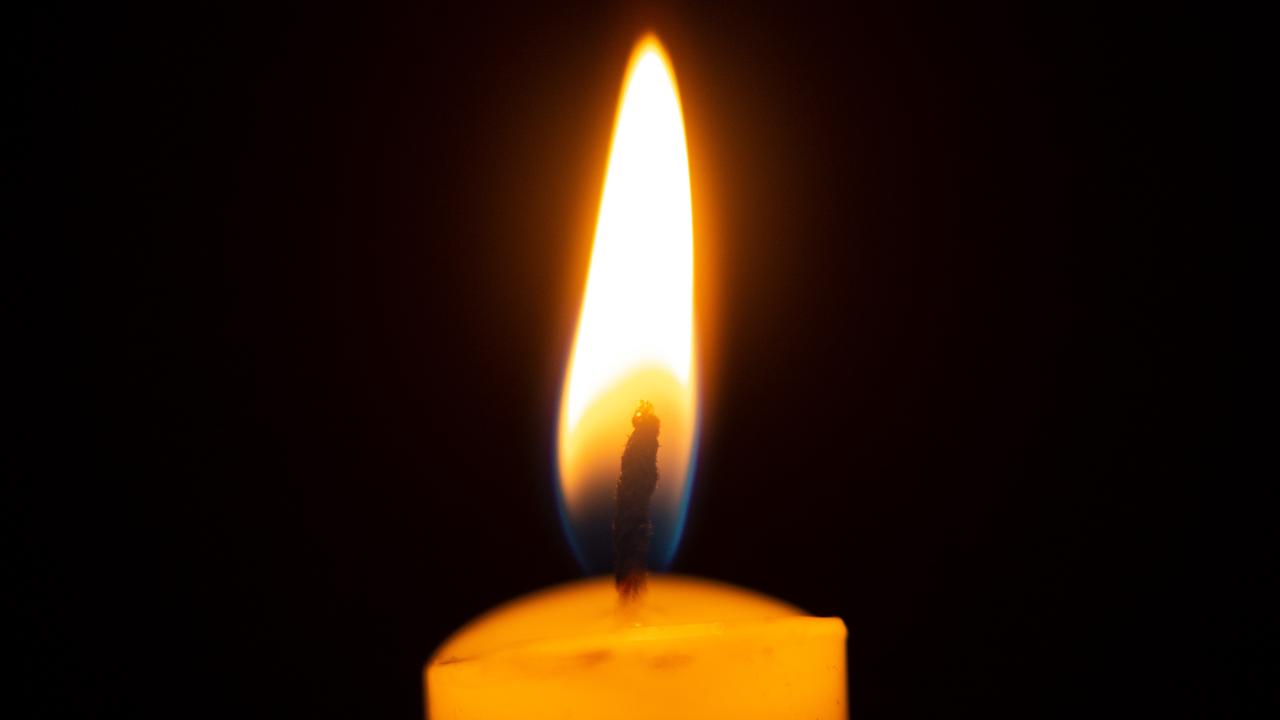Firsts of the World War: Leslie Richmond, William Chisholm and a conflict that began so differently
THE first Aussies killed in the war died before we even officially entered combat — and before it became the all-too-familiar conflict of mud and trenches.
ANZAC Centenary
Don't miss out on the headlines from ANZAC Centenary. Followed categories will be added to My News.
ONE was from Victoria, the other from NSW — and neither died in Aussie uniform.
The first two Australians killed in World War One lost their lives a century ago this week, a month before this country’s first official engagement, fighting for the British army in the aftermath of the legendary Battle of Mons.
As the initial major clash between the foes, the encounter in Belgium — famous for the fabled appearance of a phantom soldiers who allegedly saved the British — saw a number of “firsts”.
Among them the first skirmish, not with firearms but between soldiers wielding swords and lances; the bizarre role played by soldiers on bikes; a drummer taking the first shots for his country (more on those below); and of course, tragically, a number of notable deaths.
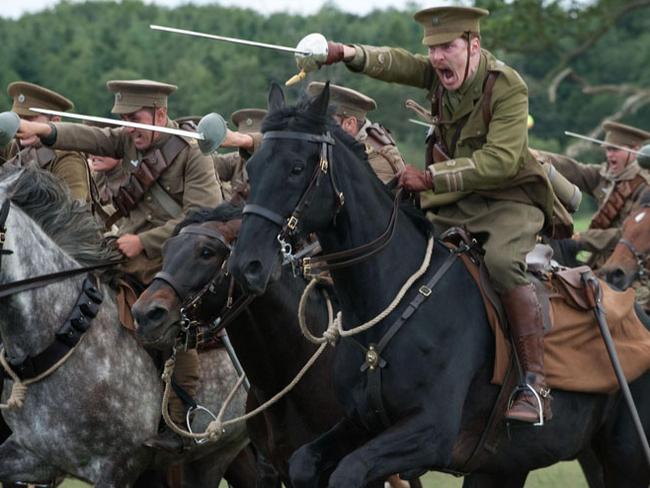
Which brings us back to those Australians.
Just like modern-day Aussies, our forebears got around. And, just like today, a number served in British forces — around 8,000 over the course of the war, according to the Australian War Memorial, with many travelling to Britain to enlist at the start of hostilities.
TRAGIC COINCIDENCE: FATHER AND SON SHARED FATE
Melbourne-born, NSW-raised Leslie Richmond was one of them.
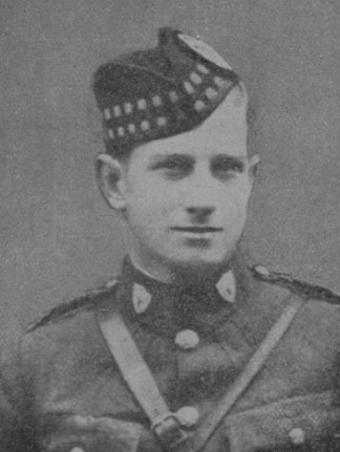
He was a lieutenant in Scottish regiment the Gordon Highlanders when he was killed on August 23, 1914, as British soldiers, who had battled heroically all day against overwhelming numbers of Germans, began to retreat.
Richmond was born in Toorak in Melbourne in 1888. His family, who owned the Haddon Rig stud in NSW, returned to Scotland where they had more property and Richmond joined the army to become a career soldier.
He was married six months before war broke out. His wife was pregnant when he left for France and Richmond never met his son. In a cruel coincidence that son — also named Leslie — was married soon before embarking with the 7th Hussars in World War II. He too never came home.
It is not clear exactly how Richmond, who is buried in Belgium, died. The Germans were pouring rifle, machinegun and artillery fire into the British — yet despite that the Allied soldiers maintained order and morale and managed to avoid being cut off.
LAST STAND: ‘LET MY PEOPLE KNOW I DIED FIGHTING’
The second Australian casualty was cut down by artillery fire, hit by shrapnel in his stomach, as those British forces made a stand against the pursuing Germans.
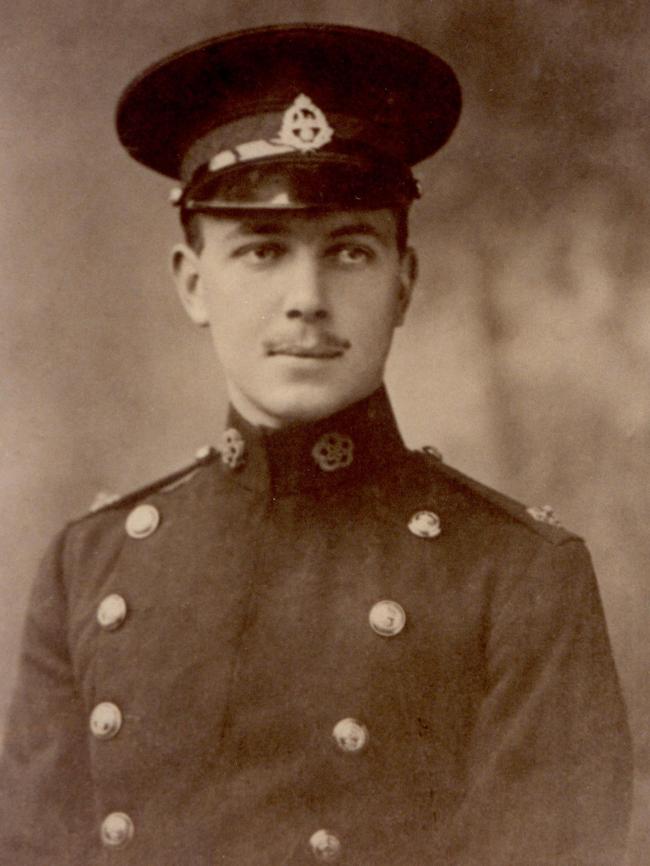
Sydney-born William Malcolm Chisholm, a Sydney Grammar-educated officer with the East Lancashire regiment, was just 22 when he was fatally wounded three days after Richmond.
The stand in open country outside the town of Le Cateau held off the Germans and inflicted severe casualties — the British infantry unleashing their trademark rapid rifle fire while the field artillery fired air-bursting shrapnel rounds on the surging enemy, in many cases at point-blank range.
History site The Long, Long Trail said: “For the second time in three days, the British force engaged withdrew just in time. (Corps Commander Horace) Smith-Dorrien’s decision ... to stand against the German advance at Le Cateau paid off handsomely.”
However it cost the British almost 8,000 casualties and prisoners — among them Chisholm, who begged his retreating men to leave him in the cornfield where he had been hit.
He was carried to a nearby church; his last words to his platoon sergeant before they had to leave were: “They’ve done for me all right. Let my people know that I died fighting like a soldier.”
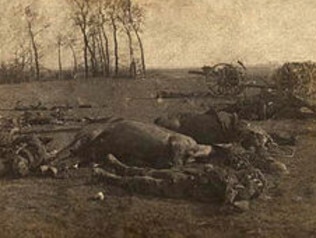
In an obituary for the doctor’s son, who had moved to the UK in 1910, the Sydney Evening News wrote: “A pencil note was received by Lieutenant Chisholm’s parents from his major telling of the injury, and that it was regretted they were unable to take the wounded with them. The information was also given that Lieutenant Chisholm had been made comfortable under shelter. A couple of days later another message was received to the effect that the soldier had been seen by a nurse, and that he was being looked after by an English doctor in German territory. Then there was silence until a notification was received of his having died.”
His mother never got over his death, according to an account from Sydney Grammar School, where he was known to combine a “sweetness of disposition” with “quiet dignity and a sense of purpose”. After her own death in 1928, her ashes were taken to France to be buried with his remains.
BICYCLES, SWORDS AND LANCES: NOT THE WAR WE KNOW
While some Aussies met their end in British uniform, of course the vast majority of the 60,000 killed and 156,000 wounded or captured were in the Australian military.
The first of those to die were killed on September 11, 1914, during a confused and little-known battle to take Bita Paka, in German New Guinea. Read more on that here.
And while the war was soon to become the Eurocentric gruelling conflict of trench warfare and artillery mincing machines that we recognise from the history books, in those initial days plenty of “firsts” gave no indication of what was to come.
DAY THE WORLD CHANGED FOREVER: Shot that started it all
Openfire (big guns): The first shot fired for the British Empire was Down Under, on August 5, when a warning round was discharged from a Fort Nepean cannon at a German ship trying to leave harbour after hostilities were declared. (In central Europe, clashes had already begun between Austria-Hungary and Serbia).
Open fire (close range): The first shot fired for Britain was also in the colonies — in Africa. Native troops of the British-owned Gold Coast invaded German-run Togoland on August 7, exchanging fire with the local police defence force. Gold Coast soldier Alhaji Grunshi was the first British trooper to open fire. War raged across Africa’s British, German and French colonies just as it did in their Pacific dominions.
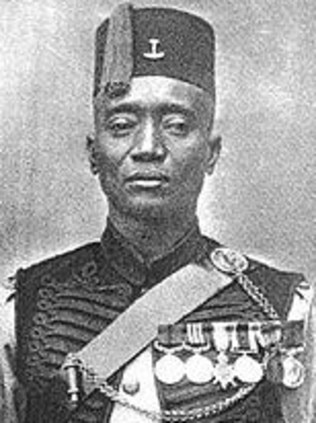
Looking for trouble: An eight-man German cavalry patrol illegally crossed the border into France a day before Paris declared war on Germany on August 3. They took potshots at French infantry they passed and slashed unsuccessfully at one sentry with sabres; but at the village of Joncherey they ran into five French soldiers who opened fire with pistols — killing, wounding or capturing five men while the others fled, in the first skirmish on the Western Front.
Bikes vs horses: A two-man British bicycle reconnaissance team ran into German cavalry scouts in the first contact between the armies near Mons on August 21. One of them, 17-year-old Private John Parr (who had faked his age to enlist), is believed to have engaged the Germans while his companion went to raise the alarm. He was shot dead — the first British soldier killed in the war.
Swords vs lances: The first major fight between British and Germans was a day later, when dragoons ambushed German lancers, charging them with sabres drawn then, after a pursuit, dismounting and engaging them with rifle fire. The first German slain was cut down by an officer; the first Briton to shoot a German was a drummer, Edward Thomas.
Originally published as Firsts of the World War: Leslie Richmond, William Chisholm and a conflict that began so differently


